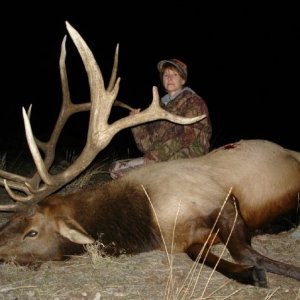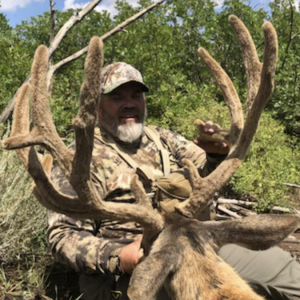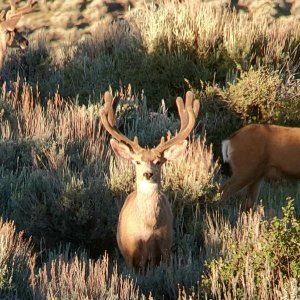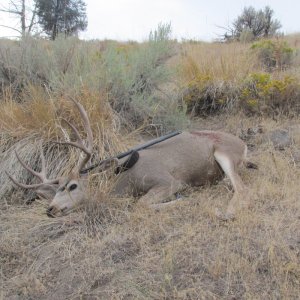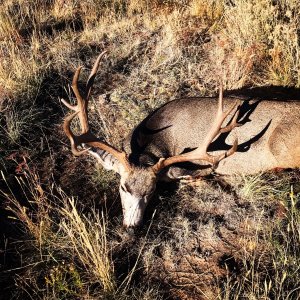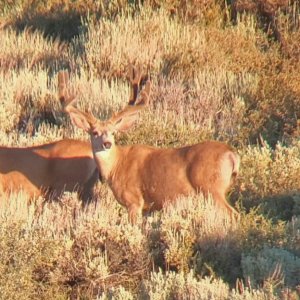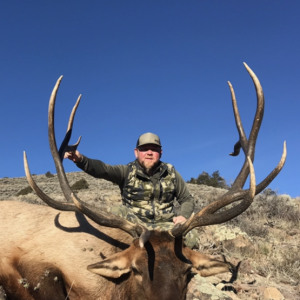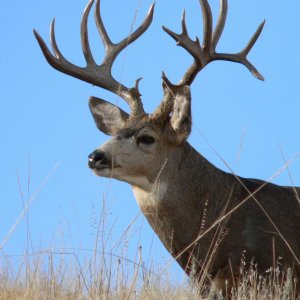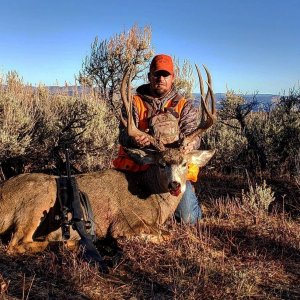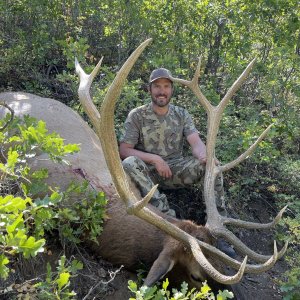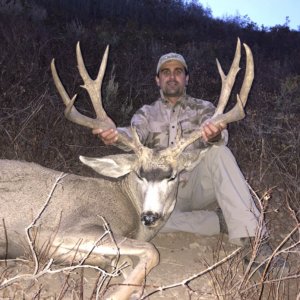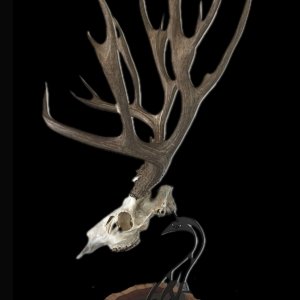You are using an out of date browser. It may not display this or other websites correctly.
You should upgrade or use an alternative browser.
You should upgrade or use an alternative browser.
Colorado Unit S26 & S70
- Thread starter Snuffy
- Start date
ORIONTHEHUNTER
Very Active Member
- Messages
- 1,578
The last time you could apply for those units was 2007
It is in the 2008 drawing book thats what I am looking at now and comparing it to the 2011 book. Anyways I stopped putting in there when I started work in Breckenridge and put in for a unit closer to Breck, thinking I could scout it better. Just was wondering.
Thanks for your reply
Rick
Thanks for your reply
Rick
ORIONTHEHUNTER
Very Active Member
- Messages
- 1,578
you got me because they don't have any harvest data on the dow website after 2007 for those units, i would guess they either merged them with another unit or closed them altogether. I will ask around and see if i can get a precise answer
Both of these units are in the Gunnison Basin and experienced a severe die off the winter of 07-08 and have since been closed. There was a mistake in the 2008 brochure, the lucky person that drew was awarded a license in another unit.
Currently there are about 30 sheep in S26 and only a few rams. Will be a long time before either one of those units will be hunted. Hope this helps.
Currently there are about 30 sheep in S26 and only a few rams. Will be a long time before either one of those units will be hunted. Hope this helps.
ColoradoOak
Very Active Member
- Messages
- 1,920
1/24/2011
Division of Wildlife
Gunnison Bighorns Get Preventative Treatment
GUNNISON, Colo. -- In an effort to bolster a formerly productive herd of Rocky Mountain bighorn sheep, the Colorado Division of Wildlife recently vaccinated more than two dozen bighorns near Gunnison against respiratory diseases that have periodically afflicted wild sheep across Colorado and the West.
The respiratory diseases cause lung infections that can kill bighorns.
On Jan. 11, Division biologists used a drop net to capture 27 bighorns in the remnant Taylor Canyon herd and administered antibacterial and antiviral vaccines to each. The sheep were also fitted with ear tags before being released at the capture site.
Gunnison Area Wildlife Manager J Wenum explained that vaccines and other drugs have been administered to Colorado bighorn herds through feed and individual injections in the past. This operation, however, was unique because all but a few of the sheep that comprise the herd were captured. Plans are in place to capture the remaining individuals.
"We hope to isolate, essentially, the entire herd and give them all the same treatment," Wenum said. "This will really help us to see if these treatments are effective. We want to see these animals make it through the winter and we're especially hoping for good survival of lambs born next spring."
A similar operation is being planned for about 20 bighorns in the Fossil Ridge herd, which winters east of Gunnison.
The Taylor herd has historically numbered more than 150 animals, but more recently the population has fluctuated as the sheep have struggled with chronic disease epidemics. Laboratory analysis has identified various strains of bacteria in the herd, which has also been periodically exposed to several deadly viruses. Adult wild sheep seem to develop immunity to these pathogens, but young lambs have a more difficult time coping with infection. Biologists say that reduced lamb survival has significantly depressed the size of the Taylor herd over the last five years.
Three of the sheep captured were lambs that were born last spring. Biologists are optimistic that the young animals will make it through the winter.
Division of Wildlife
Gunnison Bighorns Get Preventative Treatment
GUNNISON, Colo. -- In an effort to bolster a formerly productive herd of Rocky Mountain bighorn sheep, the Colorado Division of Wildlife recently vaccinated more than two dozen bighorns near Gunnison against respiratory diseases that have periodically afflicted wild sheep across Colorado and the West.
The respiratory diseases cause lung infections that can kill bighorns.
On Jan. 11, Division biologists used a drop net to capture 27 bighorns in the remnant Taylor Canyon herd and administered antibacterial and antiviral vaccines to each. The sheep were also fitted with ear tags before being released at the capture site.
Gunnison Area Wildlife Manager J Wenum explained that vaccines and other drugs have been administered to Colorado bighorn herds through feed and individual injections in the past. This operation, however, was unique because all but a few of the sheep that comprise the herd were captured. Plans are in place to capture the remaining individuals.
"We hope to isolate, essentially, the entire herd and give them all the same treatment," Wenum said. "This will really help us to see if these treatments are effective. We want to see these animals make it through the winter and we're especially hoping for good survival of lambs born next spring."
A similar operation is being planned for about 20 bighorns in the Fossil Ridge herd, which winters east of Gunnison.
The Taylor herd has historically numbered more than 150 animals, but more recently the population has fluctuated as the sheep have struggled with chronic disease epidemics. Laboratory analysis has identified various strains of bacteria in the herd, which has also been periodically exposed to several deadly viruses. Adult wild sheep seem to develop immunity to these pathogens, but young lambs have a more difficult time coping with infection. Biologists say that reduced lamb survival has significantly depressed the size of the Taylor herd over the last five years.
Three of the sheep captured were lambs that were born last spring. Biologists are optimistic that the young animals will make it through the winter.
Similar threads
- Replies
- 4
- Views
- 1k

